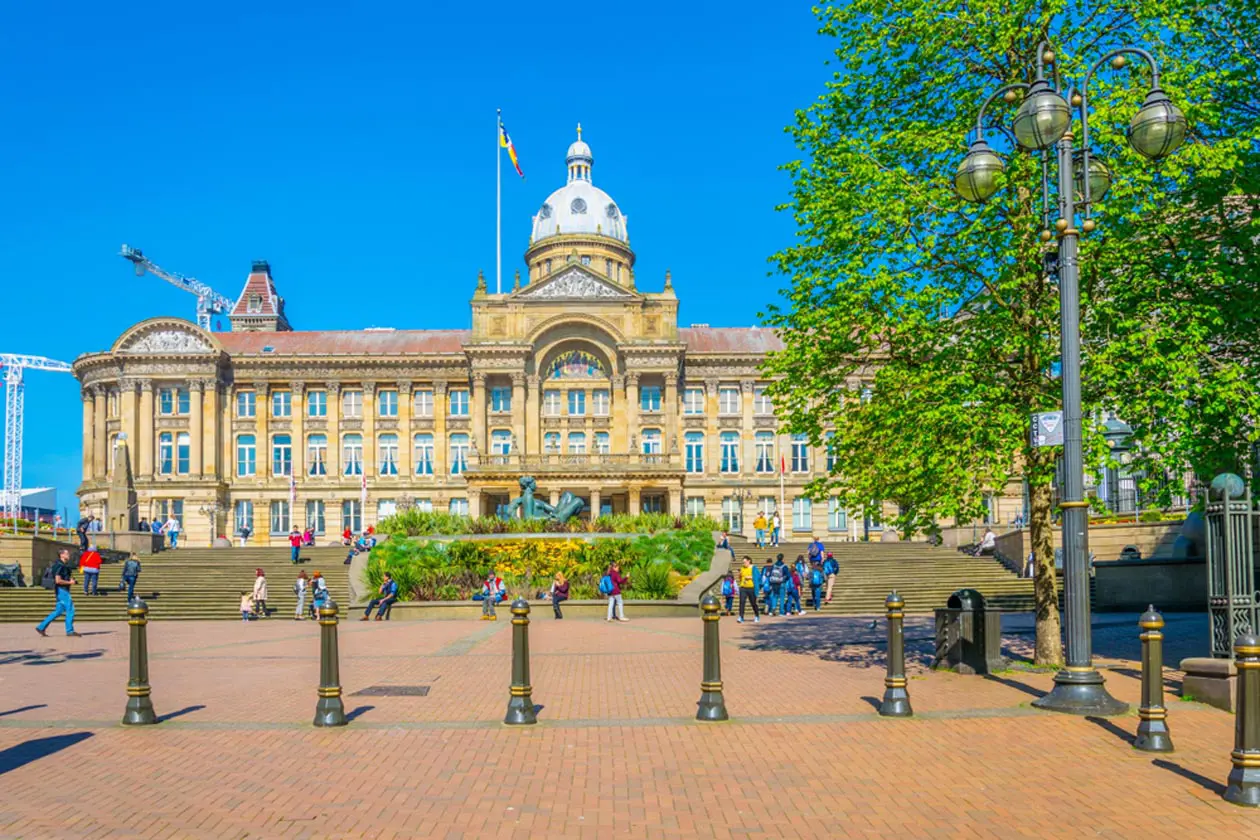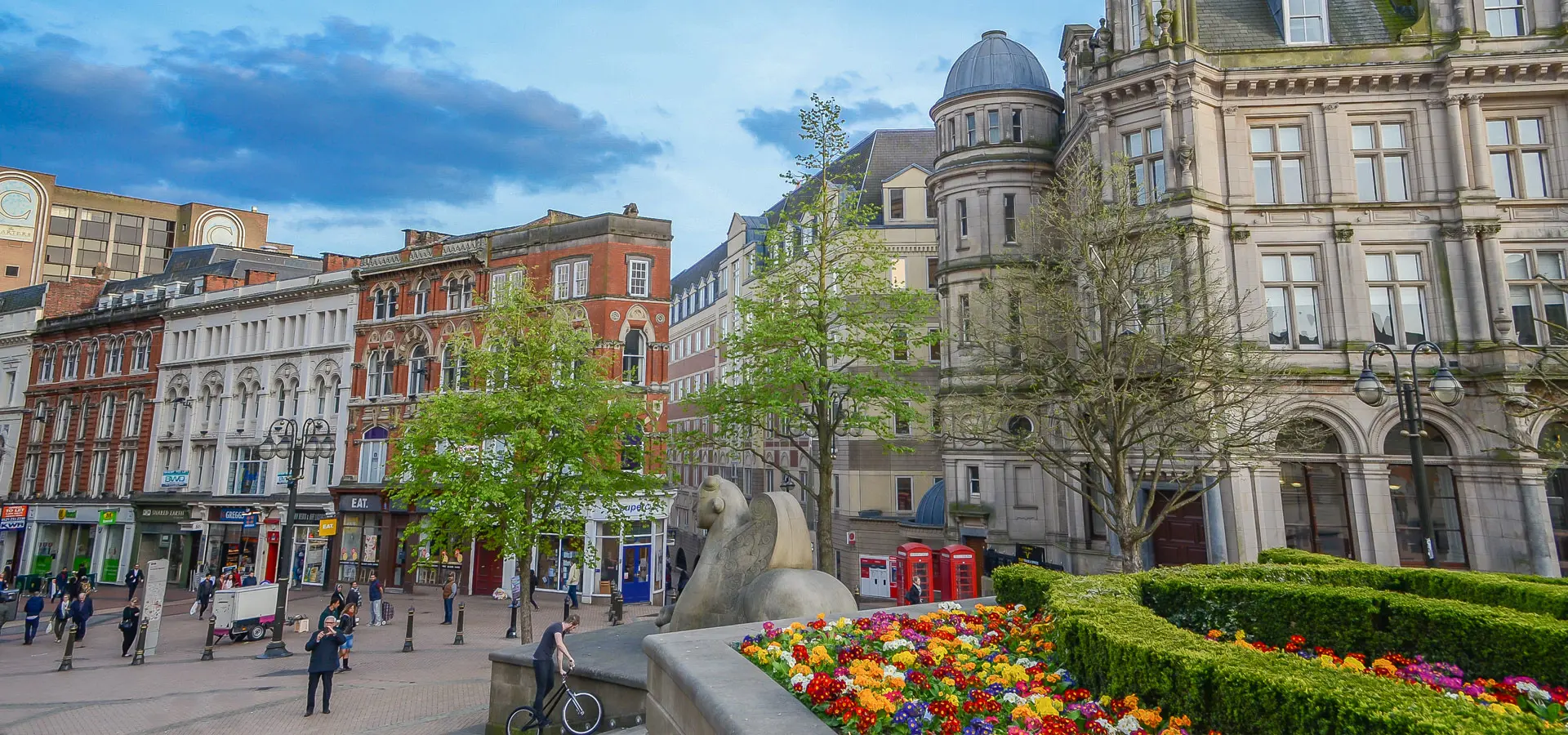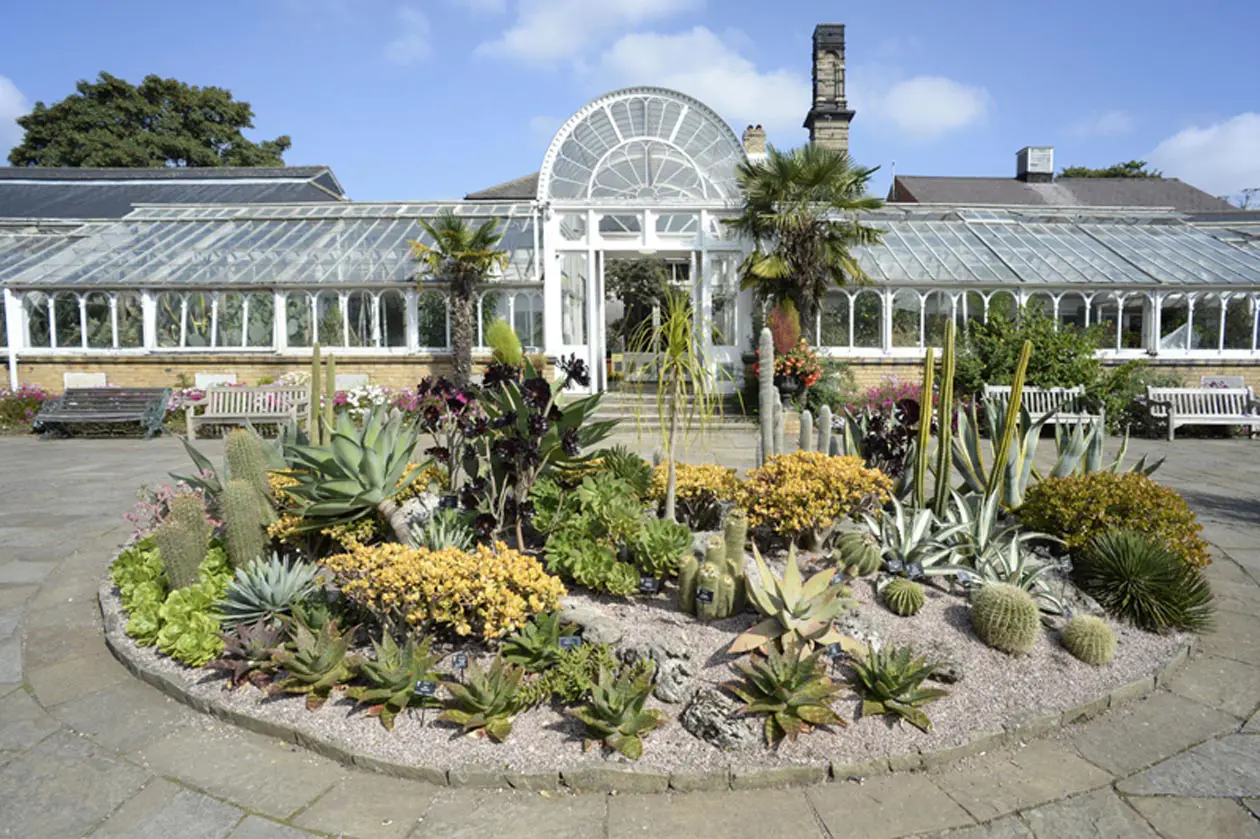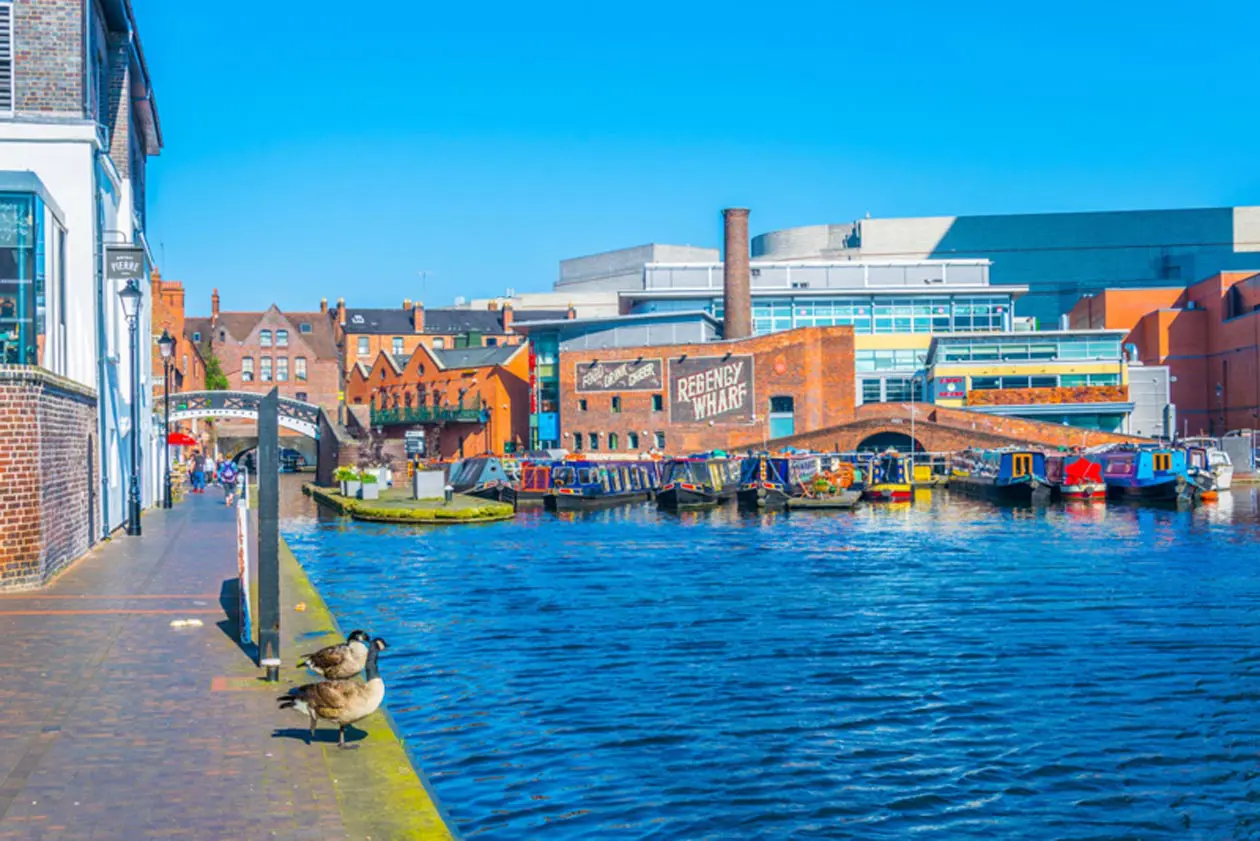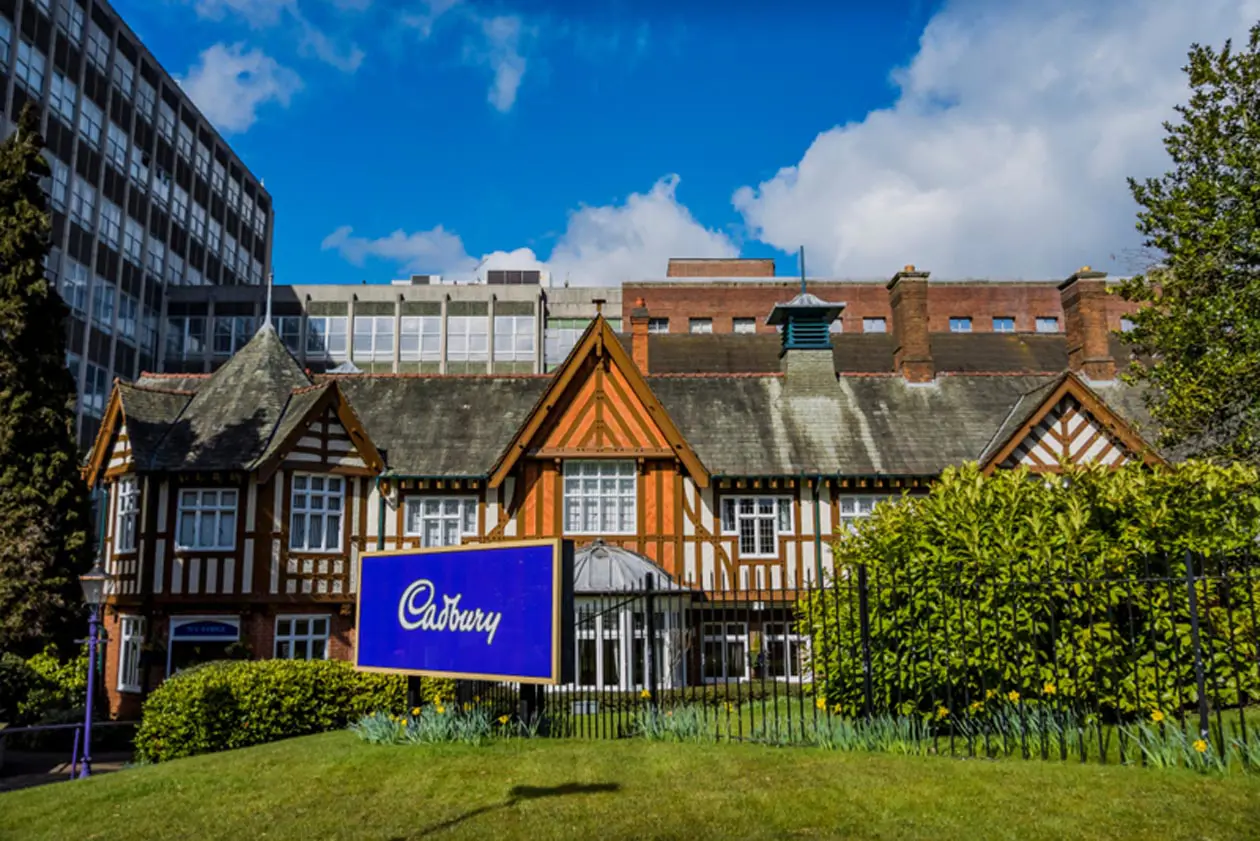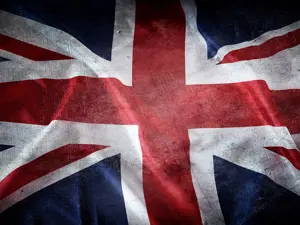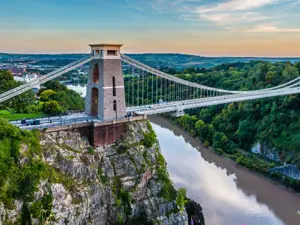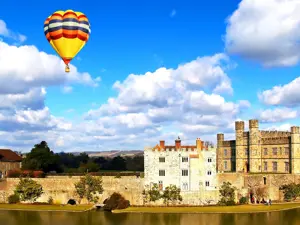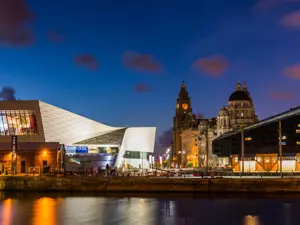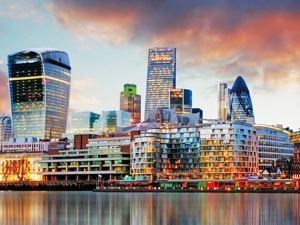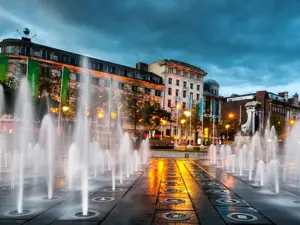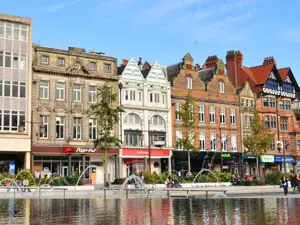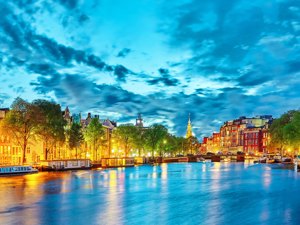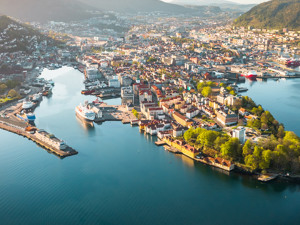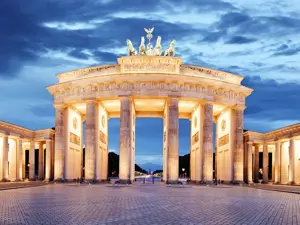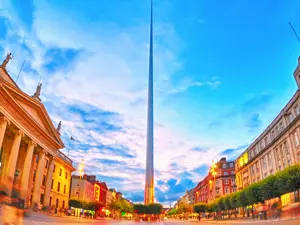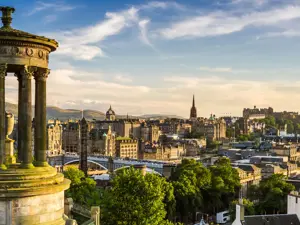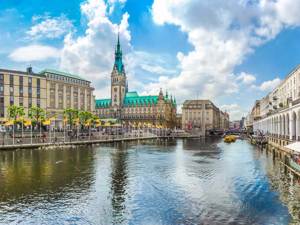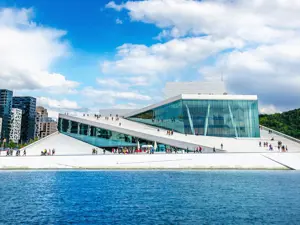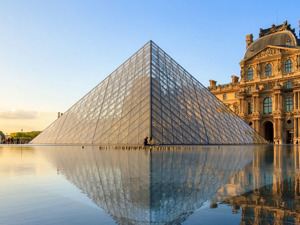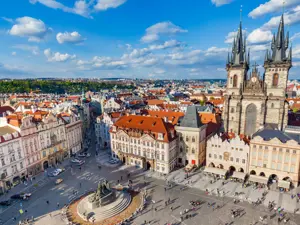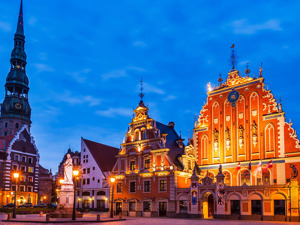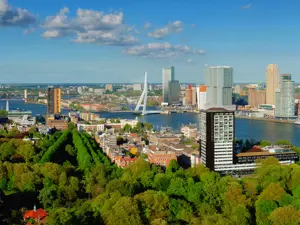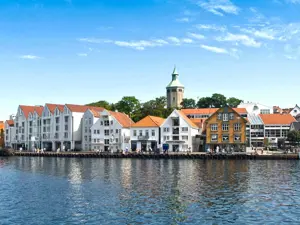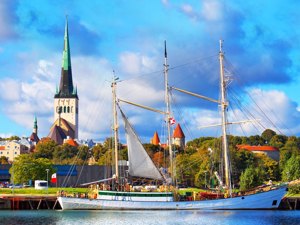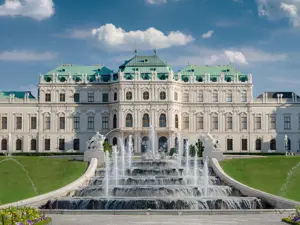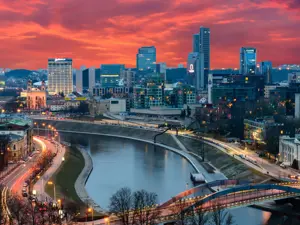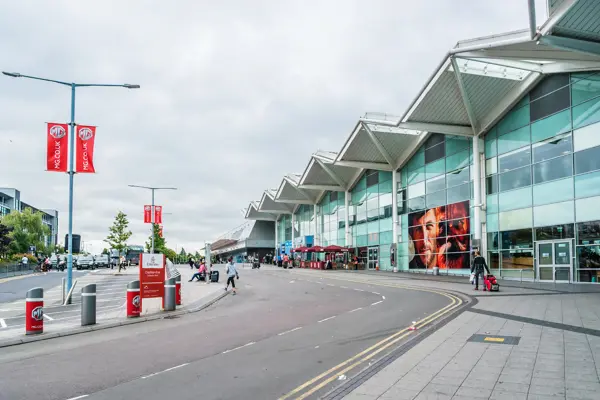Over the course of the last 1,000 years, Birmingham has been transformed from a small Anglo-Saxon community, founded in 1086 with the name Domesday Book, into a large industrial and commercial city. From the thirteenth century, Birmingham held a market in its centre on a site which today is known as the Bull Ring, and which is still the main shopping centre of the city. Later, in the sixteenth century, the city acquired a key role in the metal working industry thanks to the availability of iron and coal, and developed a weapons production centre in the area known today as Gun Quarter.
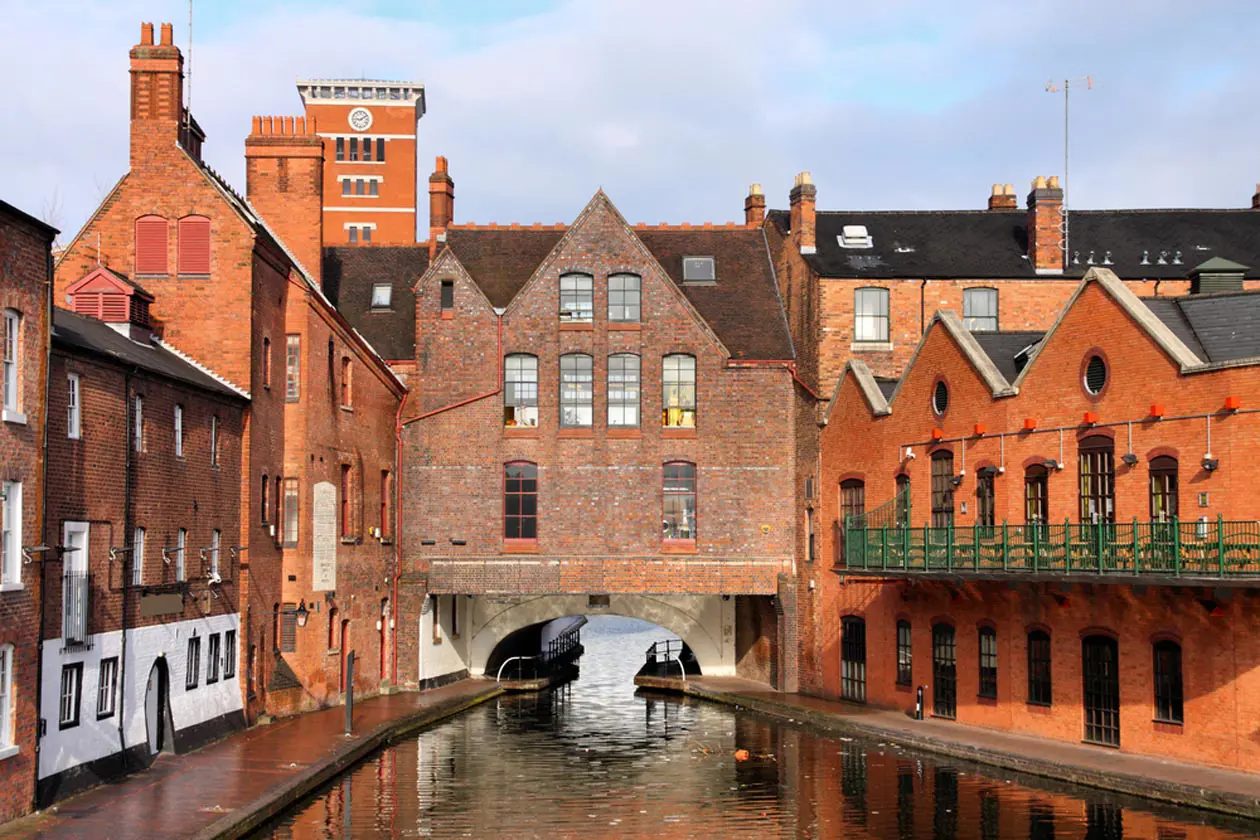
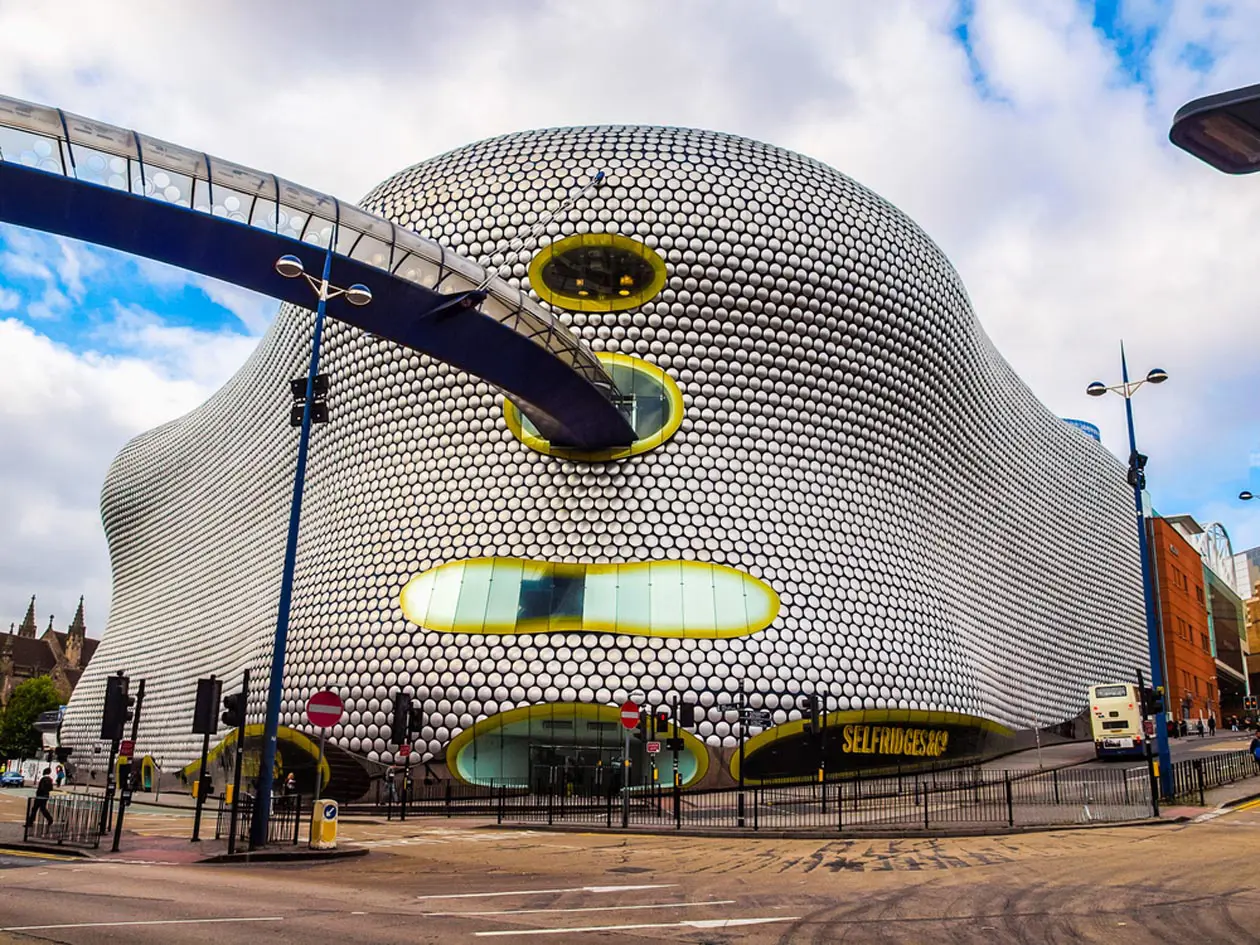
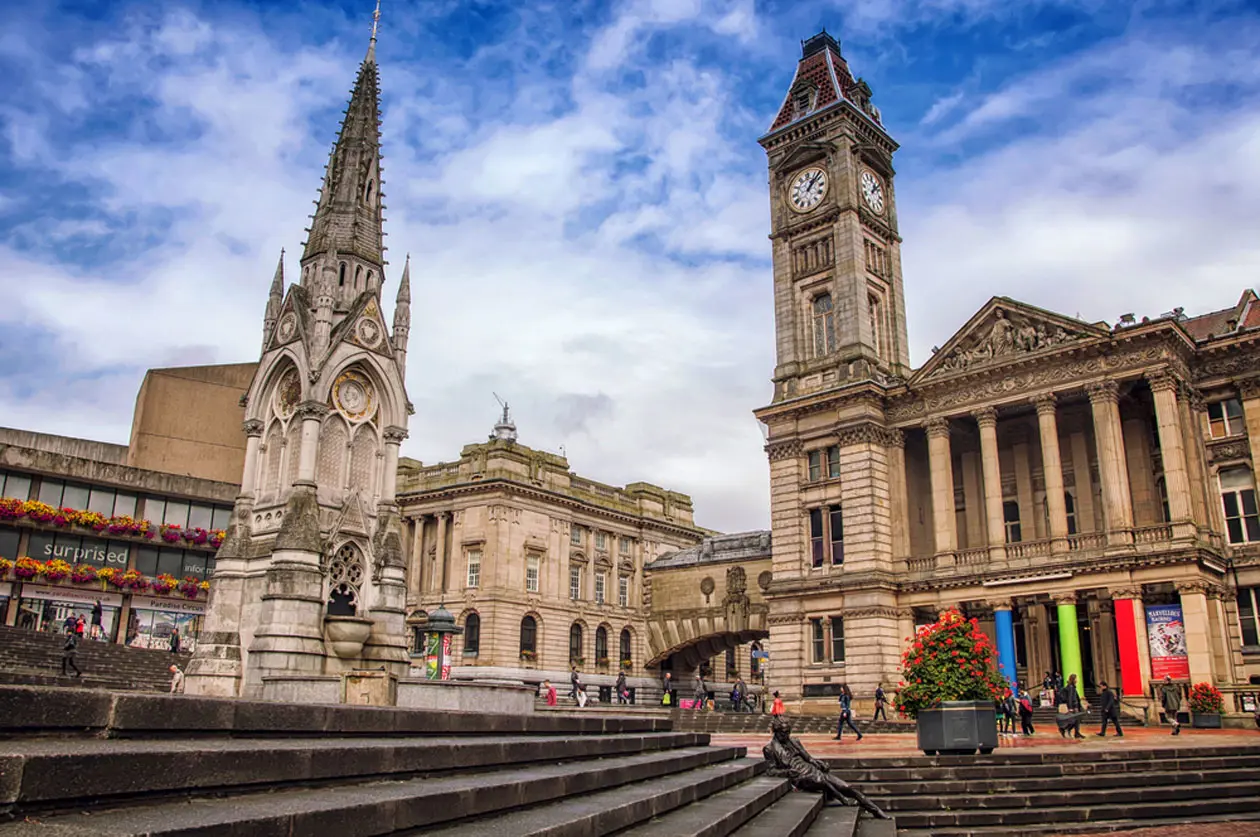

Photos for editorial use only: Copyright © Sisterscom.com, Shutterstock
Copyright © Sisterscom.com
Birmingham is a welcoming city and offers different possibilities for accommodation.
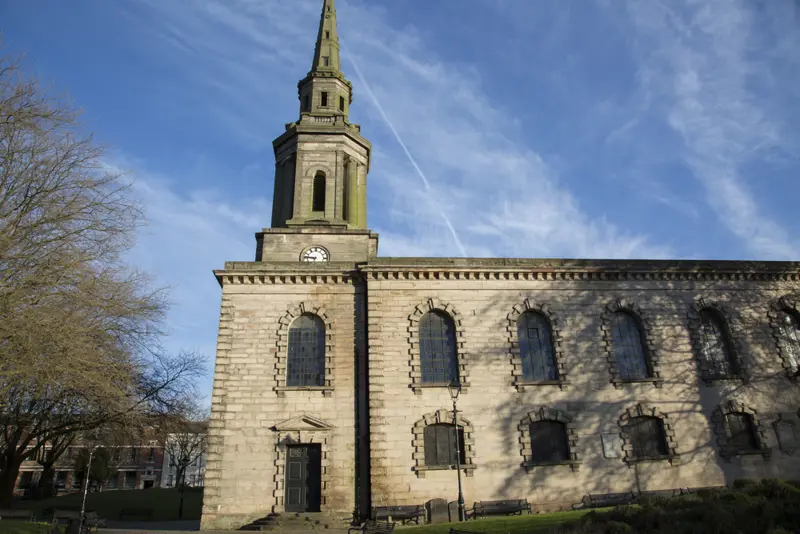
St. Paul’s Chapel of Birmingham was built in 1772 and consecrated in 1779. After various vicissitudes of history the church was restored between 1985 and 1994. The coat of arms on the wall, erected in 1996, represents that of George III in whose reign the church was built.
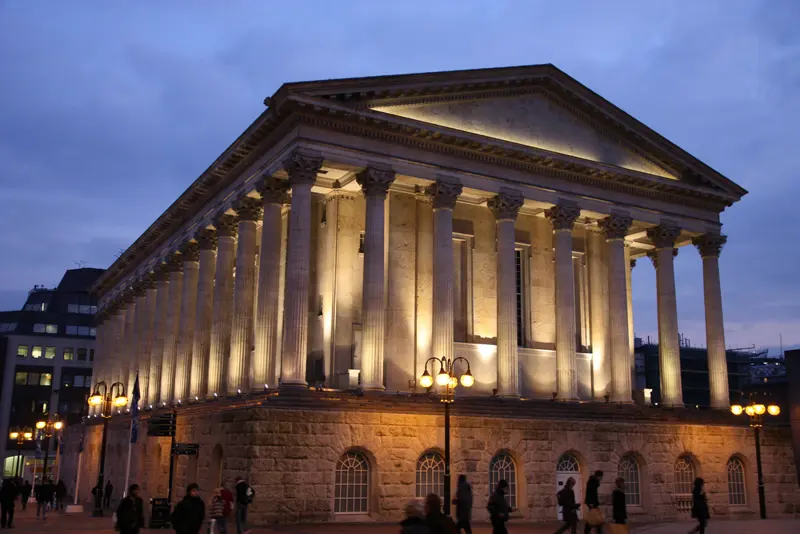
Town Hall and Symphony Hall Birmingham is one of the UK's leading music organizations and offers jazz, pop, folk, classical and rock concerts. The Town Hall, inaugurated in 1834, is one of the oldest concert halls in the world and has hosted several artists such as Led Zeppelin, Buddy Holly, Chuck Berry, The Beatles, Bat For Lashes, PJ Harvey and Wayne Shorter.
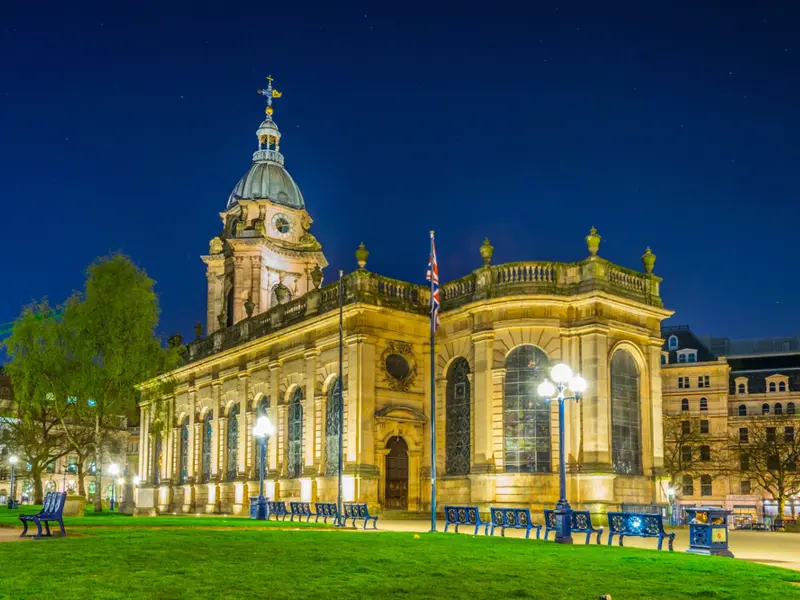
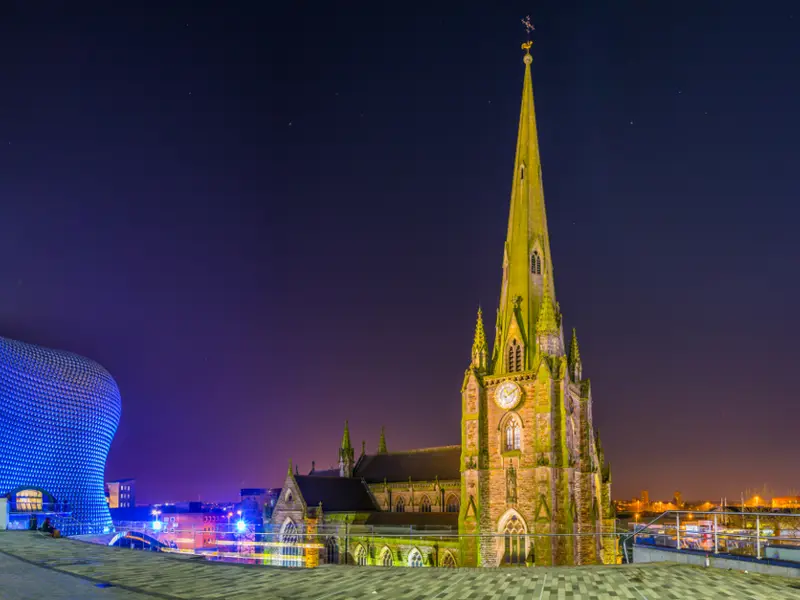
The Church of St Martin of Birmingham is the ancient church of the city, dating back to the nineteenth century. It was built in 1873 and is an example of Victorian Gothic architecture designed by Alfred Chatwin, who also worked for the city's Parliament.
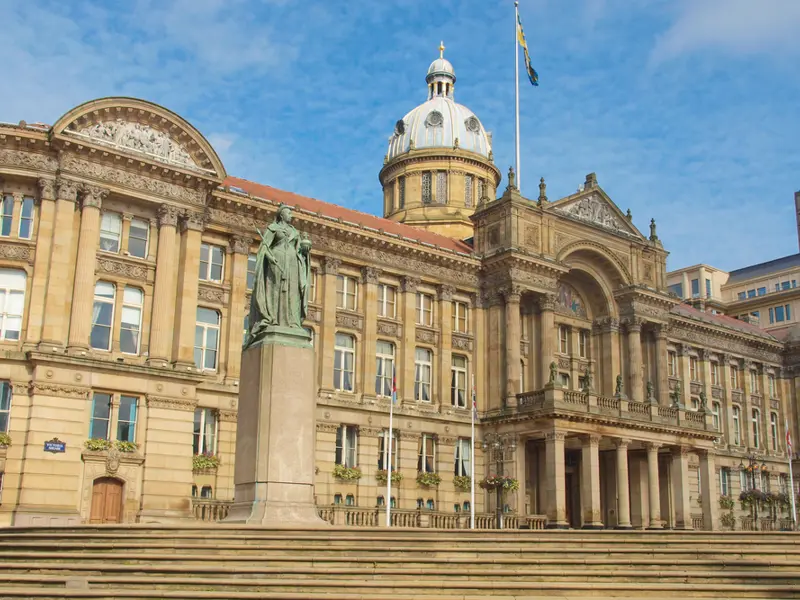
Designed by Joseph Aloysius Hansom as a political forum for the citizens, the Town Hall of Birmingham, since its opening, has been a place where every prime minister and politician has held meetings and debates. It was a symbol of the city from 1870 until the twentieth century, but in 1996 was closed temporarily to undergo extensive renovation. In addition to being the centre of cultural life for the country, it has also been an important location for the tradition of classical music that saw the birth of the city’s orchestra.
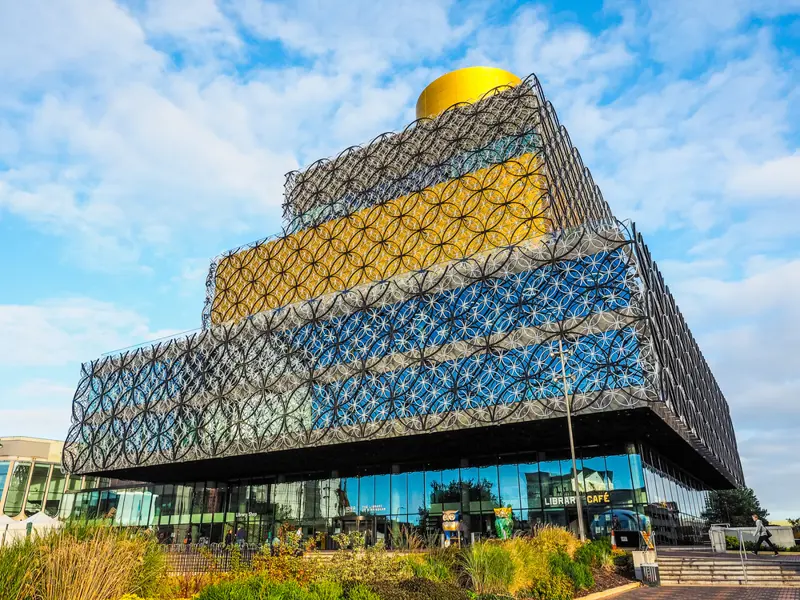
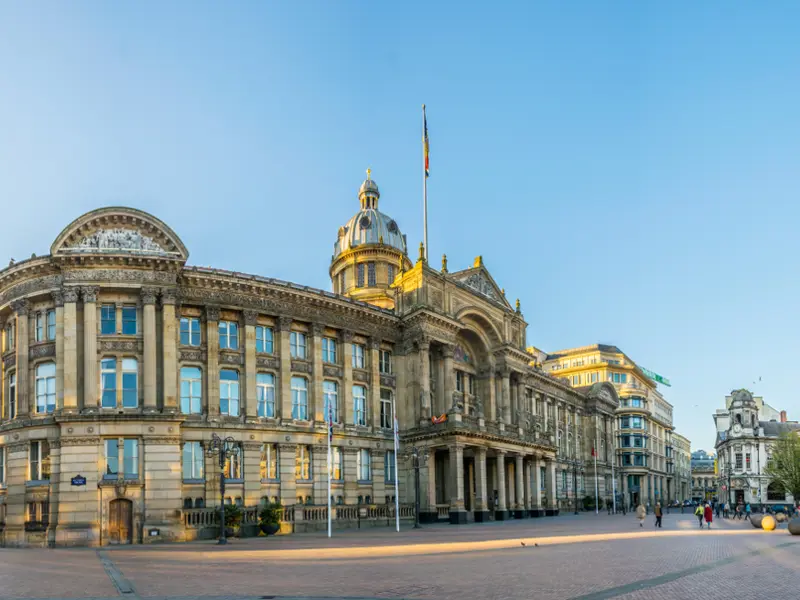
Thanks to the generosity of some citizens and manufacturers, the Birmingham Museum and Art Gallery opened on 28 November 1885 and since 1860 has showcased collections and pieces of real excellence, such as the international collection of metal itemsfrom the Victorian period, objects of European design from the Renaissance or ceramics originating from South America and from the ancient world. In 1912, thanks to a benefactor, the complex was extended and the 4 initial galleries turned into 40 galleries. Today its activities continue, with new collections, exhibitions and projects.
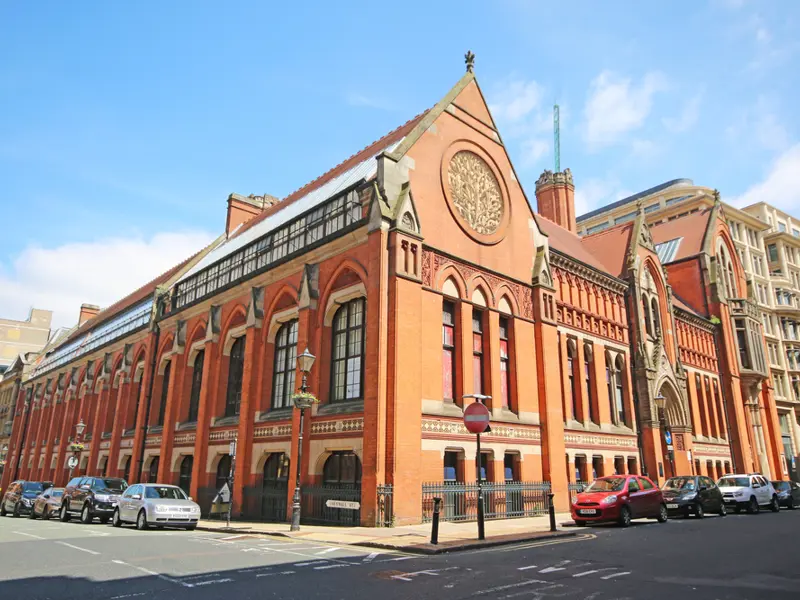
Oozells Street School, Brindlayplace From its earliest days and for forty years the Ikon Gallery of Birmingham has been recognised for its innovation, its internationalism and its excellence. It is now housed in the neo-gothic style Oozells Street School and has its own artistic programme dedicated to the promotion of temporary exhibitions.

